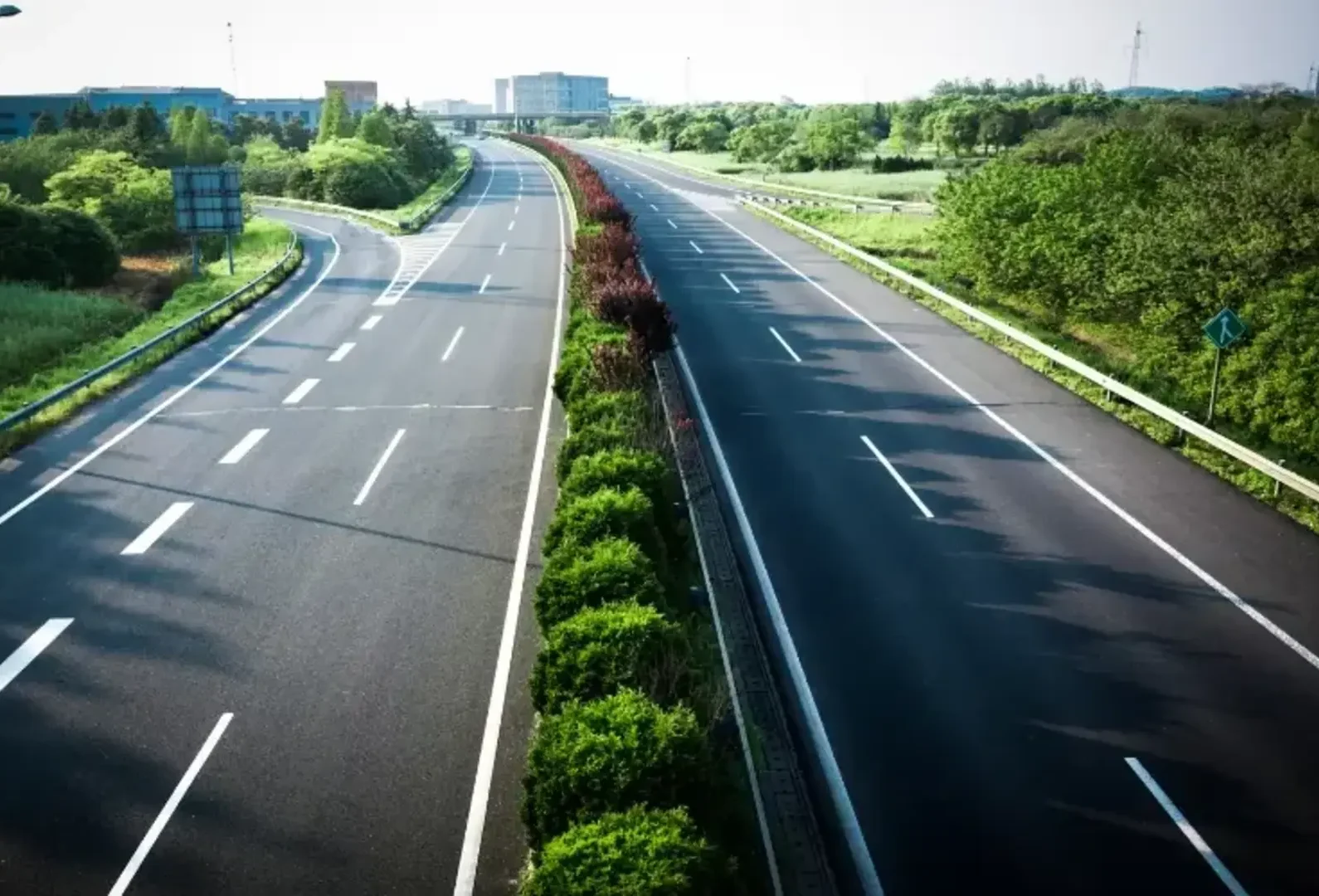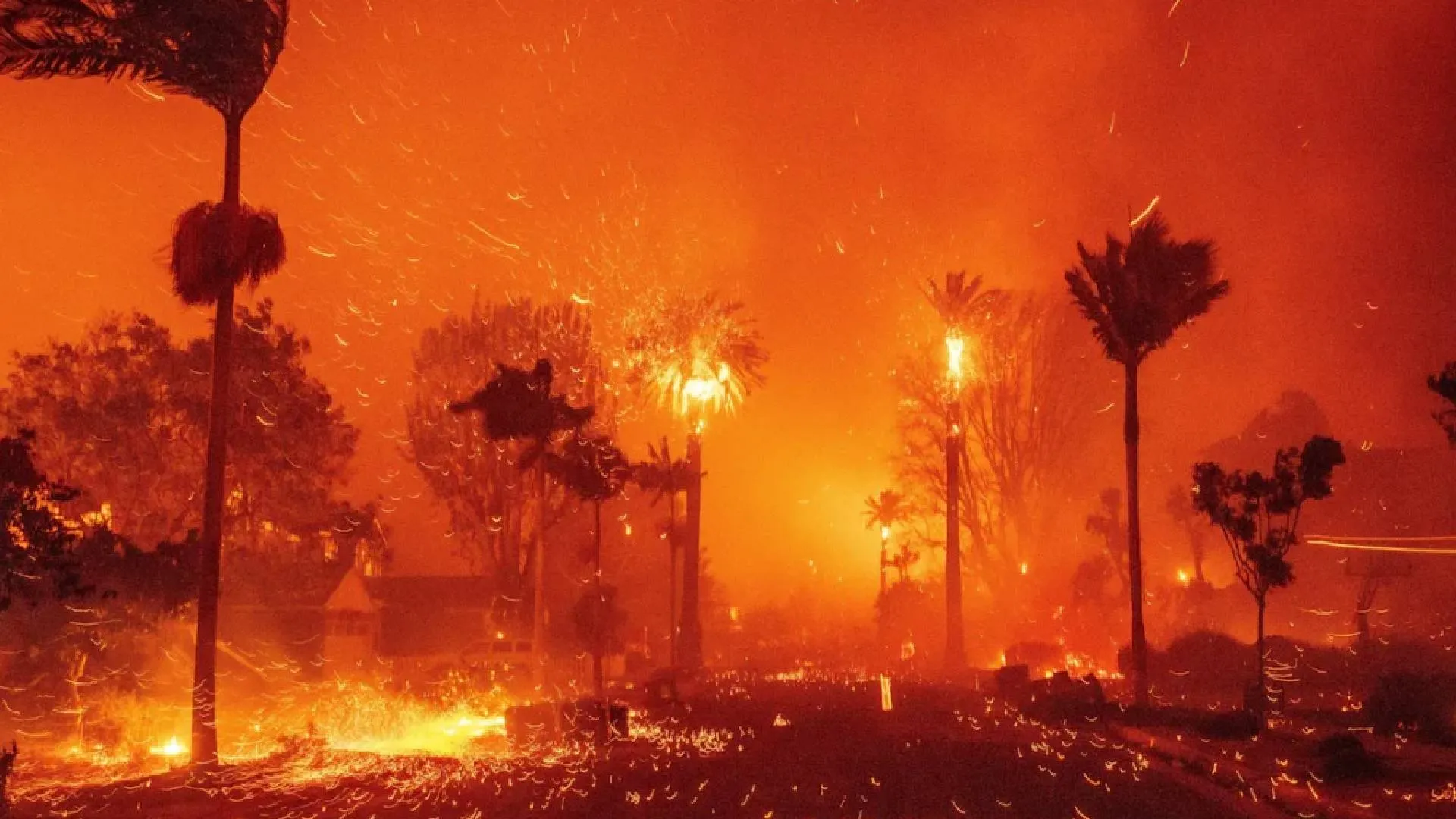
India’s vast network of national highways, stretching over 145000 km has been a part of nation transportation infrastructure for decades now. However such growth has taken a heavy toll on the environment and has resulted in rampant deforestation, loss of biodiversity, and raised emission of green carbon. As an innovative approach towards addressing these adverse effects, the National Highways Authority of India (NHAI) has initiated an ambitious program to neutralize these negative impacts by adopting the innovative ‘Miyawaki’ technique of urban afforestation by planting saplings on land available alongside the highways at different places.
With over 53 acres of land identified across different sites in and around the Delhi-NCR region for establishing these dense, native plantations. The strategic placement of Miyawaki forests along major highway arteries is set to transform the face of India’s transportation infrastructure, ushering in a new era of sustainable development. These urban micro-forests shall not only be used as aesthetic beauties to be seen between the concrete stretch of highways but shall be of paramount importance in environmental management of the effects of vehicular emissions and conservation of the environment around it.
Miyawaki’s method of afforestation was first developed by the Japanese botanist Akira Miyawaki in the 1980s. Its efficacy lies in its ability to mimic natural forest ecosystems within confined urban spaces. By planting dozens of native tree species closely together, the technique fosters an intricate web of biodiversity, replicating the complexity of natural forests. Indeed, establishing numerous locally available tree varieties in close proximity to one another creates a dense, diverse ecosystem mimicking that of a natural forest. What sets these urban micro-forests apart is their remarkable growth rate and density – they can grow up to ten times faster and become thirty times denser than conventional plantations. Thus, it can be seen that the secret behind this incredible achievement lies in the choice of indigenous plant species and the proper cultivation of the seedlings. When the forests are planted, then the landscape is allowed to grow without interference through the concept of “potential natural vegetation. ” Within just two to three years, the urban forests are completely on their own, without one needing to water or chemically treat them in any way. This not only has the effect of decreasing the costs associated with the typical tree plantations in the long run but is also in congruence with sustainable development and environmental management in India.The benefits of the Miyawaki method extend far beyond mere aesthetics. Intact and closed canopy forests are fluent absorbers of CO2 while isolated or scattered trees are far less capable of so doing. Consequently, their ability to sequester carbon naturally makes them a useful asset in offsetting the greenhouse gas emissions emanating from the constantly rising vehicular density on our highways. In addition, the forests act as ‘lungs’ that cleanse the air by trapping particles, smog, and other hazardous gases emitted by vehicles and thus enhance air quality including the protection of communities from pollution. Another positive outcome of the dense vegetation is the noise barrier provided by the plants which helps to eliminate the otherwise endless din of the vehicles and improve the quality of life for those in close proximity to these highways. Lastly, a crucial aspect of it is to use of seeds native to the area, which contributes to the restoration and revival of the native species. In this sense, the urban forests also provide food and living spaces for several varieties of flora and fauna, thus fostering ecological harmony and conserving India’s biological diversity. Whereas the establishment of Miyawaki forests involves massive effort in terms of time and labor, the gains accumulated in the long run are immeasurable.
The adoption of it by the NHAI therefore signals a revolution in how infrastructure is developed in India. It accepts the premise that economic development and conservation of the environment are intertwined and that we cannot attain sustainable development to the detriment of the environment. With India persistently intensifying its infrastructure development agenda, the prospect of incorporating urban forestry through avenues such as our national highways is gift-wrapped to combine progress and conservation. Thus, by establishing green corridors throughout the territory of the country, in addition to compensating for the negative impact of road construction on the environment, we will also join the fight against changes in the climate, extinction of species, and environmental pollution. Miyawaki forests existing on the Indian highway map are a step towards the country’s larger objective of going green and living sustainably. When the urban micro-forests are planted and grown, they will physically embody human effort and unity to protect the Earth for the future.



















